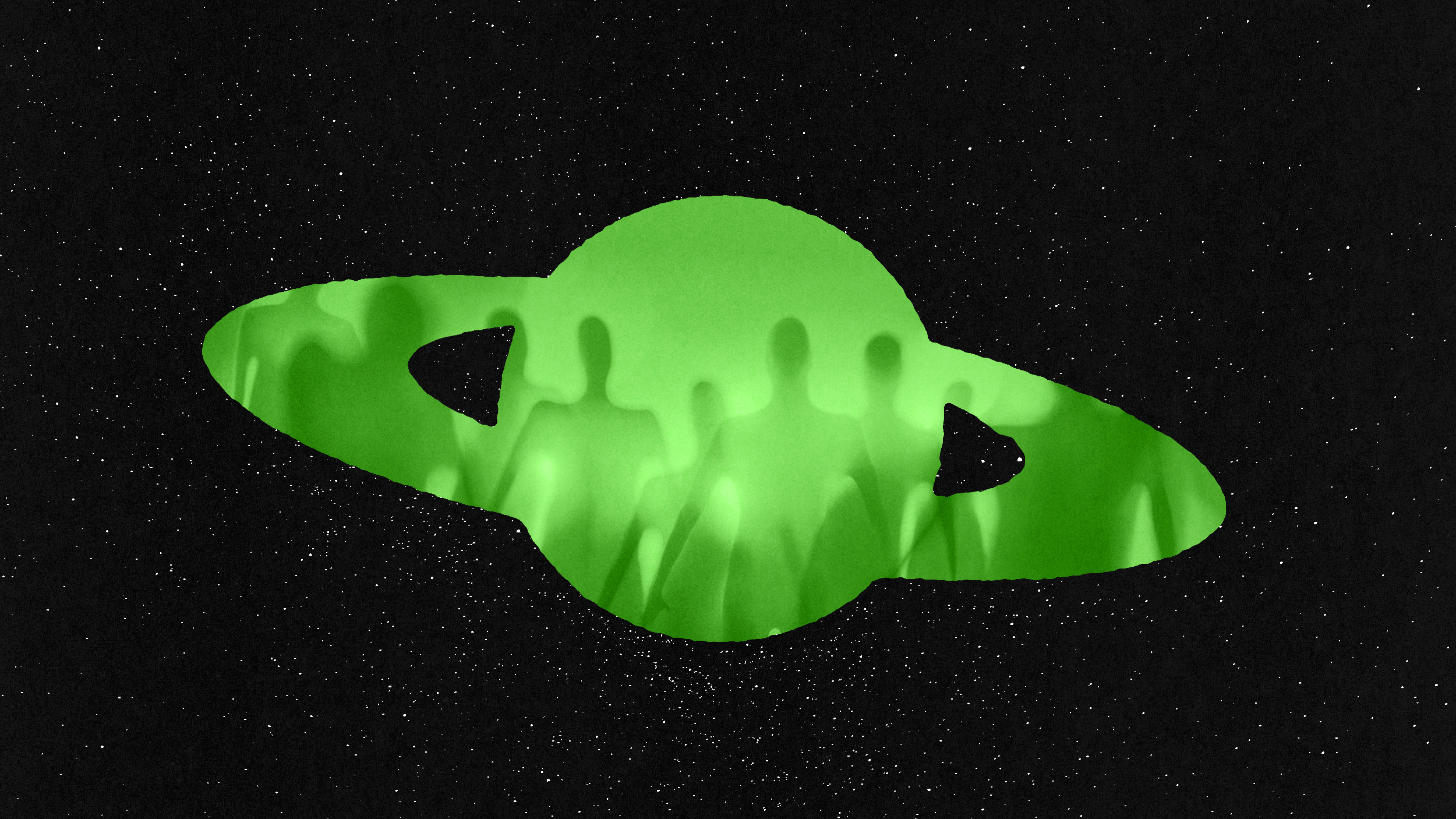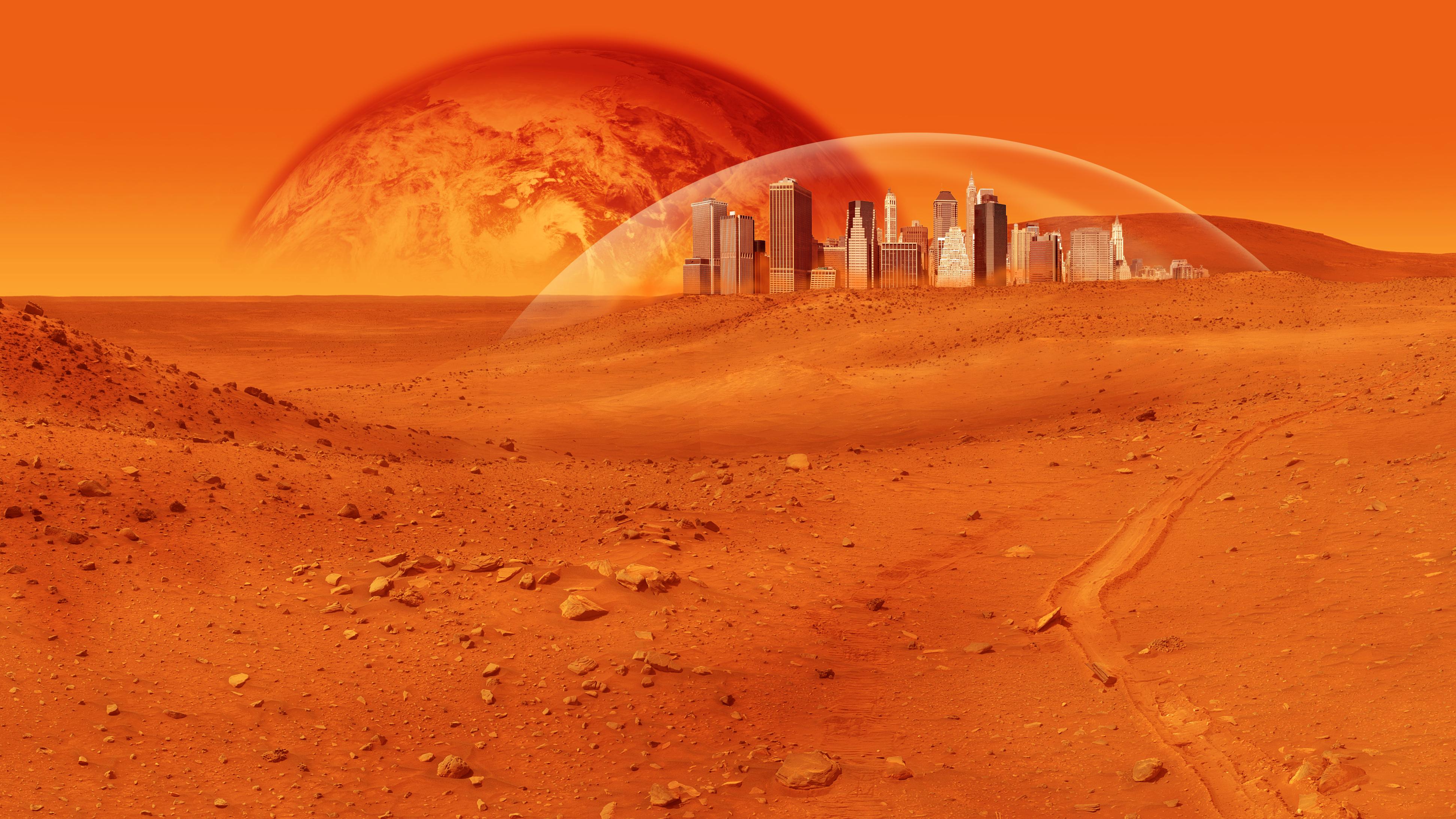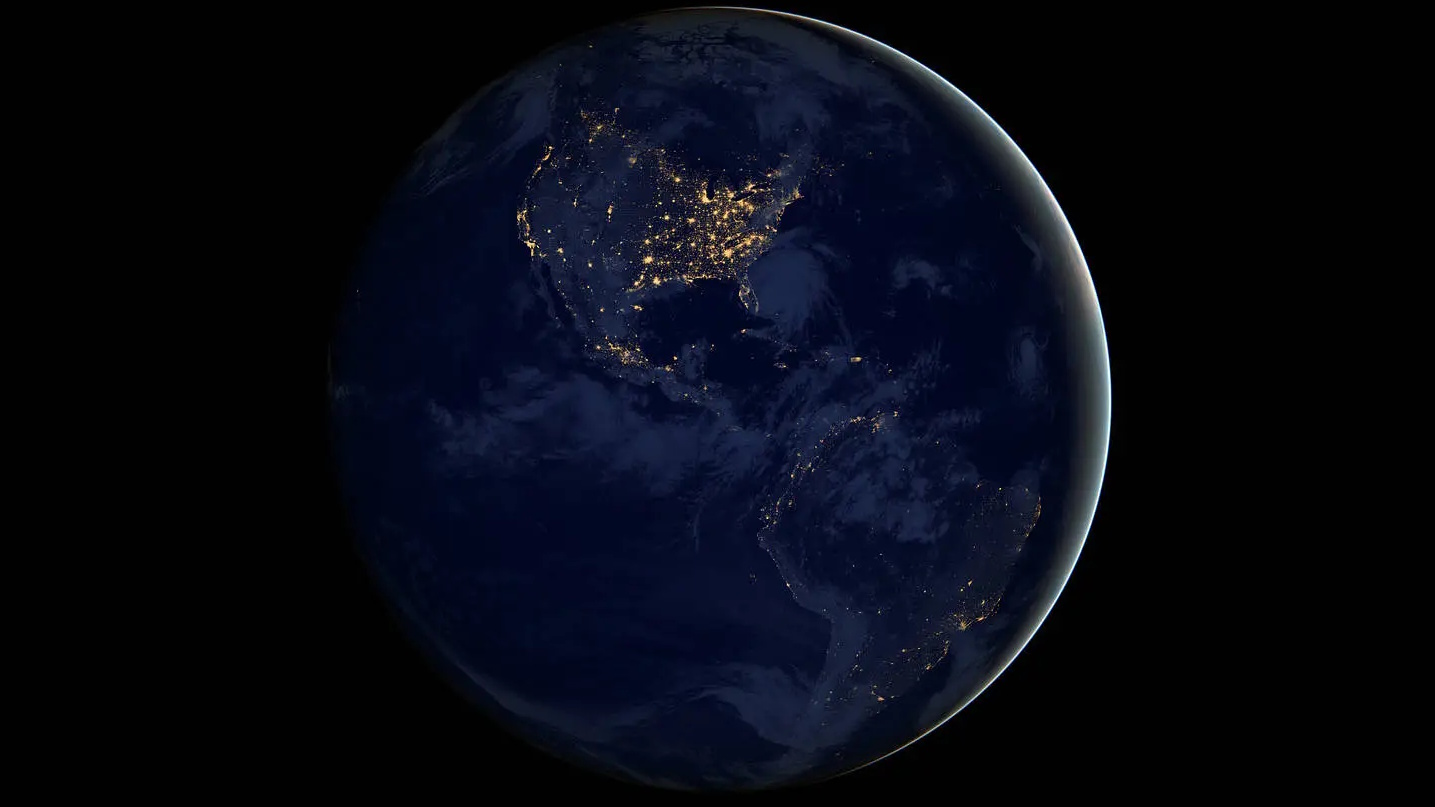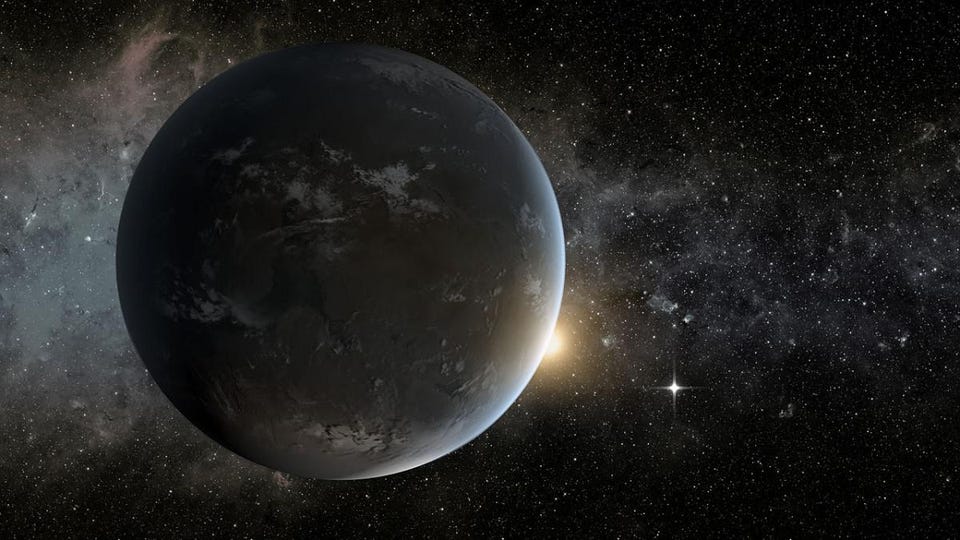Closing The Evolution Gap Between Outer Space And Earth

Article written by guest writer Kecia Lynn
What’s the Latest Development?
A new study published in Astrophysical Journal Letters documents the attempts of researchers at NASA’s Jet Propulsion Laboratory to discover how carbon-based molecules, or organics, arrived on Earth and how they developed into the material needed to form life. To do this, they created an environment designed to mimic the cold of space, and put organics on ice crystals, which they then bombarded with radiation similar to the type that emanates from stars. They then hit the ice with different types of lasers, resulting in the organics’ transforming into more complex, “prebiotic” forms.
What’s the Big Idea?
The study is the first close look at how chemical processes may have taken place in space on ice formations that found their way into comets and asteroids that, in turn, found their way to Earth. The type of organics used in the experiments are already known to exist in space, thanks to NASA telescopes. The findings also reveal why such organics haven’t been found on ice crystals in space: By the time the crystals are located, the transformation to more complex varieties may have already taken place.
Photo Credit: Shutterstock.com





